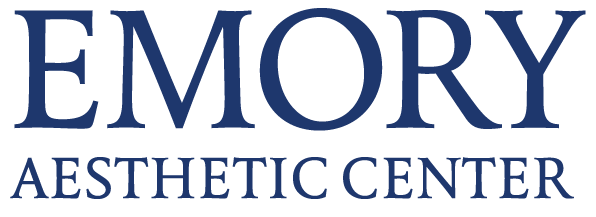It susceptible to storing excess fat and causing problems like a belly "pooch" that most people are anxious to be rid of. Aesthetic problems of the abdomen often get worse following pregnancy or massive weight loss, as the skin struggles to contract back to its former tight and firm appearance, and the muscles loosen, often becoming separated. When sagging skin, loose muscles, and excess fat in the stomach area become a problem, a tummy tuck can be a solution to regaining a tight and beautifully contoured abdomen, often helping patients regain confidence and self-esteem.
A tummy tuck is a body contouring surgery that is not intended for simple weight loss, but instead for an overall aesthetic improvement of the stomach area. Unlike abdominal liposuction alone, a tummy tuck (also known as abdominoplasty) helps to improve skin, muscle, and fat for an overall comprehensive result. Stomach muscles that are stretched and separated from pregnancy can be repaired, and excess skin can be removed to improve sagging in the skin that is unable to contract back to normal on its own.
Everyone has different needs for abdominal rejuvenation, and because of this, there are several different options for tummy tuck procedures. Different types of tummy tucks include:
Endoscopic Abdominoplasty: A minimally-invasive procedure used to address only loosened stomach muscles which produces a very short scar.
Mini Abdominoplasty: A less extensive tummy tuck technique that can address up to moderate limited sagging skin, excess fat, and loose stomach muscles.
Full Abdominoplasty: The classic style of tummy tuck surgery, which addresses significant sagging skin, fat, and loose stomach muscles through a larger incision.
Extended Abdominoplasty: For patients with loose skin that extends to the sides of the body, an extended abdominoplasty can address a larger amount of excess skin and fat—and can even help improve the appearance of the upper thighs. The incision extends partway around the sides and back of the body
Circumferential Abdominoplasty: A tummy tuck technique that also addresses aesthetic issues of the buttocks and lower thighs. The incision for this procedure extends all the way around the circumference of the body.
Lower Body Lift: An extension of the circumferential abdominoplasty, this surgery involves intensive re-contouring of the lower body, removing excess fat and skin, and tightening the stomach, buttocks, and thighs. This procedure is best for people who have lost a great deal of weight and are left with sagging skin and poor contour.


